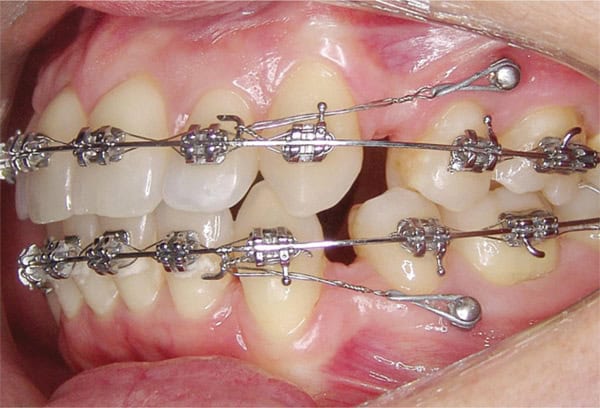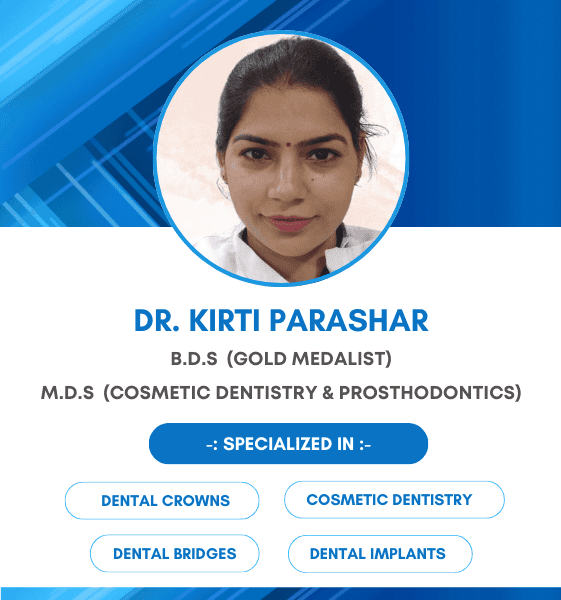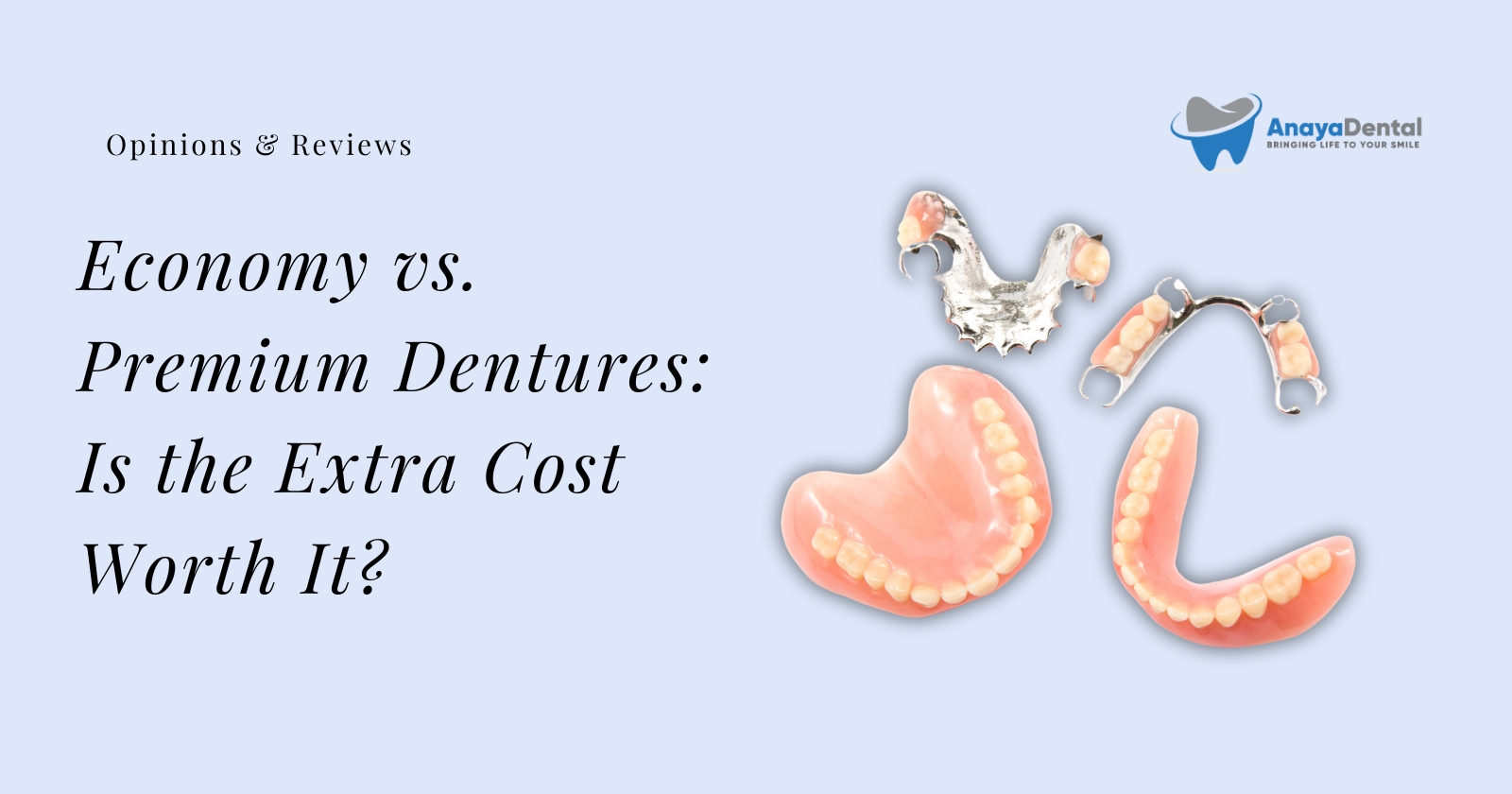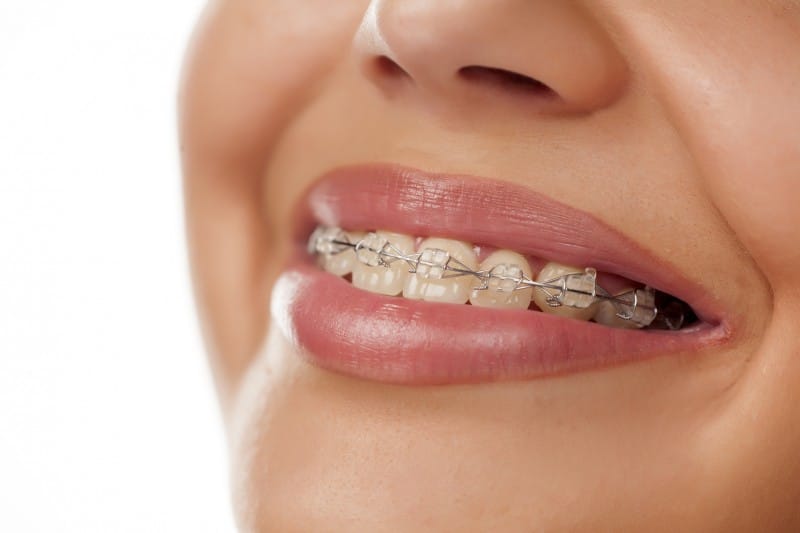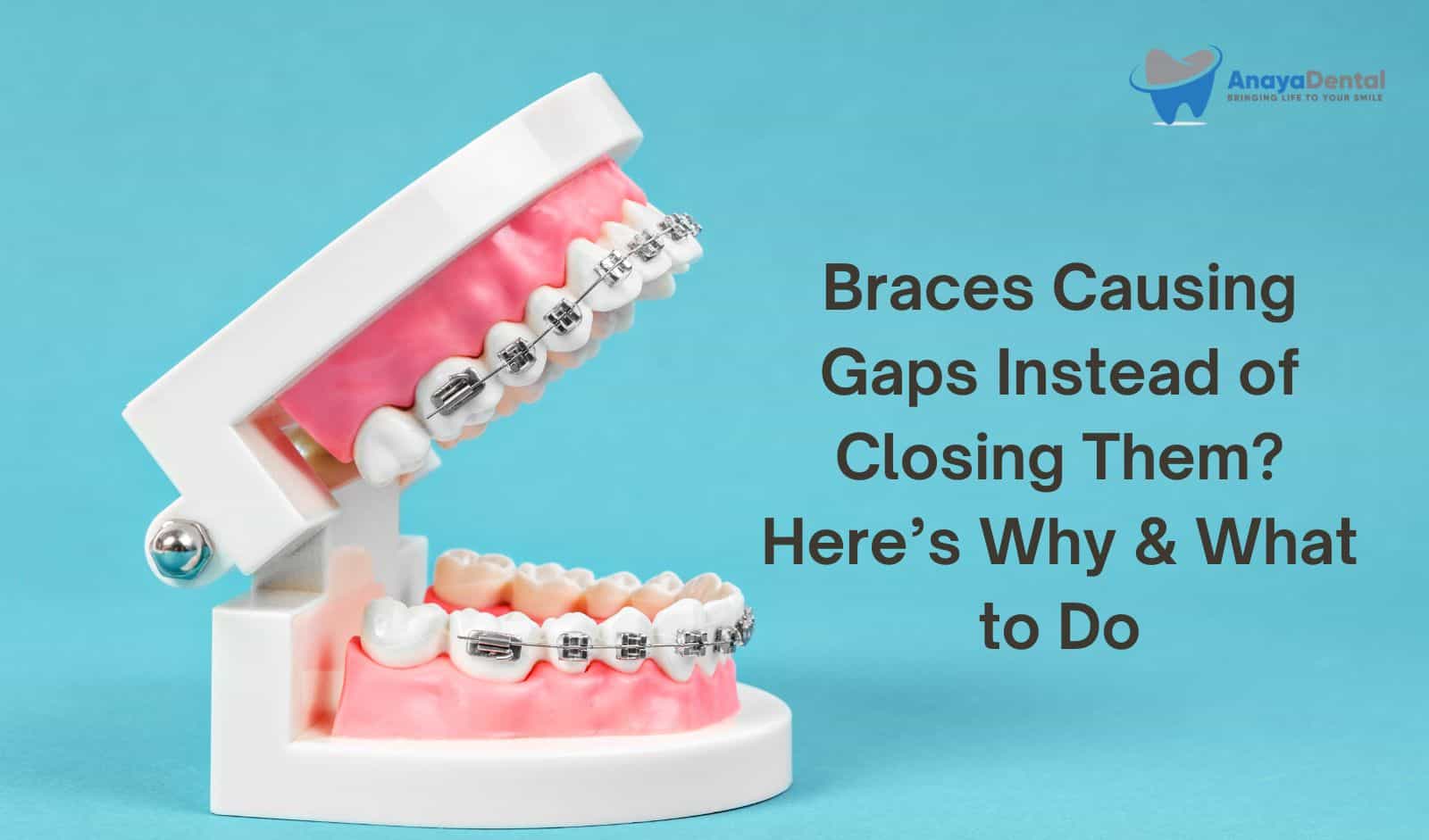Dental implants are widely used and studied in prosthodontic literature and are also employed in orthodontics. Recently, smaller implants have been introduced as Temporary Skeletal Anchoring Devices (TSADs). In this article, we will discuss implants in orthodontics.
However, there are significant distinctions between traditional implants and TSADs. The main differences between traditional implants and TSADs are:
- Traditional prosthodontic implants are designed to be permanent after osseointegration, while orthodontic anchoring implants are typically loaded before osseointegration and removed soon after.
- Orthodontic anchors experience light and continuous force, unlike conventional implants that withstand significant masticatory forces.
What are mini implants in orthodontics?
Mini implants in orthodontics, also known as Temporary Anchorage Devices (TADs), are small screws made of biocompatible titanium that are surgically placed into the jawbone to provide additional anchorage for teeth during orthodontic treatment. Unlike traditional braces that rely on headgear or pressure on the teeth themselves, mini implants offer a more stable and predictable way to move teeth.
Try Our Dental Calculators
Mini implants are typically very small, with diameters of about 1.5 to 2.0 millimeters and lengths of 6 to 10 millimeters. They are placed in a minimally invasive procedure that usually takes only a few minutes per implant. Once in place, mini implants can be used to attach orthodontic elastics, wires, or springs to help move teeth into their desired positions.

Advantages of mini screw implants
There are various advantages of mini screw implants in orthodontics. Some of the important benefits are listed below:
- Enhanced Treatment Outcomes: Mini implants provide a stable and predictable anchorage point, allowing orthodontists to achieve complex tooth movements that might be difficult or impossible with braces alone. This includes correcting rotations, intrusions, extrusions, and distalization.
- Shorter Treatment Times: The secure anchorage of mini implants can lead to more predictable tooth movement, potentially reducing the overall treatment duration.
- Improved Comfort: Mini implants eliminate the need for uncomfortable headgear that relies on external forces for anchorage. This translates to a more pleasant orthodontic experience for patients.
- Increased Patient Compliance: Unlike headgear, mini implants don’t require constant patient cooperation to be effective. This is beneficial for individuals who might have difficulty wearing other appliances consistently.
- Reduced Need for Surgery: In some cases, mini implants can help achieve complex tooth movements orthodontically, potentially avoiding the need for certain surgical procedures.
- Less Invasive Procedure: Compared to traditional implants used in dentistry, mini implants are smaller and require a less invasive placement procedure. This translates to quicker healing times and potentially less discomfort.
- Cost-Effective: While mini implants themselves can add to the cost of treatment, the potential for shorter treatment times and avoiding surgical procedures might make them a cost-effective option in the long run.
- Improved Aesthetics: Eliminating the need for bulky headgear can improve the overall aesthetics of your orthodontic treatment.
Disadvantages of Mini Screw Implants
While mini implants offer numerous benefits in orthodontics, there are also some drawbacks to consider before deciding if they’re right for you. Here are some disadvantages:
- Potential for Root Damage: Improper placement of mini implants can damage nearby tooth roots. This can cause complications such as root resorption (gradual loss of root tissue), increased tooth sensitivity, or even nerve injury. Careful planning and skilled placement by a qualified orthodontist are crucial to minimize this risk.
- Infection: As with any surgical procedure, there’s a small risk of infection at the implant site. Maintaining proper oral hygiene and following post-operative instructions are essential to prevent infection.
- Discomfort and Pain: While discomfort after placement is usually mild and temporary, some patients may experience temporary pain, swelling, or bruising at the implant site.
- Limited Lifespan: Mini implants are typically designed to be temporary and may not last as long as traditional dental implants. They might need to be removed and replaced after a certain period, depending on the complexity of your treatment.
- Cost: The placement and removal of mini implants can add to the overall cost of your orthodontic treatment.
- Bone Quality Dependence: Insufficient bone density or quality can affect implant stability and increase the risk of complications. Your orthodontist will assess your jawbone health to determine if mini implants are a suitable option.
- Smoking: Smoking can negatively impact healing and increase the risk of infection and implant failure. If you’re a smoker, quitting before and during treatment is recommended.
- Not a Universal Solution: Mini implants are not suitable for everyone. They might not be the best option for simple orthodontic corrections or if you have certain medical conditions.
- Potential for Implant Mobility: In some cases, the implant might loosen or become mobile due to insufficient bone density, excessive force, or infection. A loose implant might need to be removed and replaced.
- Soft Tissue Complications: Inflammation of the gum tissue around the implant (mucositis) or a more serious infection involving the bone (peri-implantitis) can occur. Maintaining proper oral hygiene is essential to prevent these complications.
- Allergic Reaction (Rare): Allergic reactions to the titanium material of the implant are extremely rare.
Contraindications of Mini Screw Implants
While mini screw implants offer orthodontic benefits, there are situations where they may not be recommended. Here are some contraindications to consider:
- Bone Health: Insufficient bone quality or quantity in the planned placement area can affect implant stability. Conditions like osteoporosis or metabolic bone diseases can hinder healing and osseointegration (fusion with bone).
- Uncontrolled Systemic Diseases: Unmanaged diabetes can delay healing and increase infection risk.
- Uncontrolled Habits: Heavy smoking can negatively impact healing and implant success.
- Anatomical Limitations: Nerve or blood vessel proximity to the planned placement site can pose risks. Limited jawbone height or width may restrict implant placement.
- Psychological Factors: Patients with uncontrolled psychological conditions might not be suitable candidates due to potential compliance issues.
- Oral Health: Active gum disease or poor oral hygiene can increase infection risk.
- Patients Undergoing Radiation Therapy: This can affect bone healing and implant stability.
How to Select the Ideal Site and Size for Orthodontic Implants?
Selecting the right size and site for mini screw implants is crucial for successful orthodontic treatment. Here are the key factors for site selection:
Site Selection
- Available Bone: Before implant placement, your orthodontist will likely use X-rays or cone beam CT scans to assess bone quality and quantity. The thickness and density of the jawbone at the chosen location will determine implant stability. Common safe zones for mini screw placement include:
Maxilla:
- Infrazygomatic Crest Area
- Maxillary Tuberosity Area
- Between the Maxillary First Molar and Second Premolar Buccally
- Between the Incisors Facially
- Between the Maxillary First Molar and Second Premolar Palatally
- Mid-Palatal Area
Mandible:
- Retromolar Area
- Between the Mandibular First Molar and Second Premolar Buccally
- Mandibular Symphysis Facially
- Tooth Root Proximity: It’s crucial to avoid damaging tooth roots during implant placement. The size and angulation of the mini screw will be chosen to ensure a safe distance from the roots.
- Soft Tissue Considerations: Placement should consider the presence of attached gingiva (gum tissue) for optimal healing and hygiene maintenance.
- Treatment Goals: The planned tooth movement dictates the most effective placement site for applying orthodontic forces.
Size Selection
- Bone Dimensions: The available bone volume at the chosen site will determine the maximum safe diameter and length of the mini screw implant. Typically, mini screws range from 1.2 to 2.3 mm in diameter and 6 to 12 mm in length.
- Biomechanics: The size of the implant is chosen to withstand the planned forces required for tooth movement without compromising stability.
Procedure to Place Mini Implants
Placing mini implants, also known as Temporary Anchorage Devices (TADs), involves a minimally invasive surgical procedure typically performed by an orthodontist in their office setting. The steps involved are:
Preparation
- Consultation and Planning: You’ll have a thorough consultation with your orthodontist to discuss your treatment plan and determine if mini implants are right for you. X-rays or cone beam CT scans will be taken to assess your jawbone anatomy and identify suitable placement sites.
- Anesthesia: Local anesthesia will be administered to numb the area where the implant will be placed, ensuring minimal discomfort during the procedure.
Implant Placement
- Site Preparation: The targeted area on your gum tissue will be sterilized with an antiseptic solution.
- Pilot Hole Creation: A small pilot hole will be drilled into the jawbone using a specialized drill to create a precise pathway for the implant.
- Implant Insertion: The mini screw implant will be carefully inserted into the pilot hole using a screwdriver-like instrument. This process is typically self-tapping, meaning the threads of the implant create its own socket within the bone.
- Checking Placement: Once placed, we will confirm the implant’s position and stability using X-rays or visual inspection.
Completion
- Soft Tissue Management: Depending on the implant design, the gum tissue around the implant may be left open to heal naturally or closed with a single suture.
- Post-operative Instructions: Your orthodontist will provide specific instructions on caring for the implant site, including oral hygiene practices and potential discomfort management.
The entire procedure typically takes only 10-15 minutes per implant. Discomfort after placement is usually mild and manageable with over-the-counter pain medication. You might experience some swelling or tenderness around the implant site for a few days following the procedure. Stitches typically dissolve on their own within a week if used.
Clinical Application of Mini Implants in Orthodontics
Temporary Anchorage Devices (TADs), have revolutionized orthodontics by providing a stable and predictable way to achieve tooth movements. Their primary clinical application lies in enhancing anchorage during orthodontic treatment, leading to several benefits:
Improved Treatment Outcomes
- Complex Tooth Movements: Mini implants enable orthodontists to control tooth movement in three dimensions, allowing for correction of complicated cases like rotations, intrusions, extrusions, and distalization (moving teeth backward).
- Addressing Spacing Issues: Mini implants can facilitate space closure in cases of teeth crowding by providing a reliable anchor point for retraction of teeth.
- Impacted Teeth: They can aid in exposing and erupting impacted teeth (teeth that are stuck within the jawbone).
- Surgical Procedures: In some cases, mini implants can help reduce the need for certain surgical procedures by facilitating complex tooth movements orthodontically.
Shorter Treatment Times
- By providing a more stable anchorage point, mini implants can help teeth move more predictably, potentially leading to shorter overall treatment times.
Increased Patient Comfort
- Mini implants can eliminate the need for uncomfortable and inconvenient appliances like headgear, which relies on external forces to achieve anchorage.
Improved Patient Compliance
- Unlike headgear, mini implants don’t require patient cooperation to be effective, making them a good option for individuals who might have difficulty wearing other appliances consistently.
Specific Clinical Applications of Mini Implants
- Correcting Class II Malocclusion (Overbite): Mini implants can be used to retract upper front teeth or distalize lower molars to address an overbite.
- Correcting Class III Malocclusion (Underbite): In some cases, mini implants can help protract the upper jaw or retract the lower jaw to correct an underbite.
- Midline Correction: Mini implants can be used to achieve proper midline alignment (the center of the upper front teeth aligning with the center of the lower front teeth).
- Uprighting Tipped Teeth: By applying controlled forces through mini implants, orthodontists can upright tilted or rotated teeth.
- Closing Gaps Between Teeth: Mini implants can provide stable anchorage for retraction of teeth to close gaps between them.
- Intrusion of Molars: Correcting excessive gum exposure (gummy smile) can be achieved by intruding the molars with the help of mini implants.
- Intrusion of Anterior Teeth: To correct the cant of the occlusion plane and the dental midline, the miniscrew is employed as an anchorage to intrude the extruded canines and laterals on the cant side and center the dental midline.
- Correction of Molar Crossbites
While mini implants offer numerous advantages, it’s important to remember that they might not be suitable for everyone. You should consult our expert team of orthodontists to check if you are ideal candidate for it.
Complications of Mini Implants
Mini implants, while valuable orthodontic tools, do come with potential complications. Here’s a breakdown of some common ones to be aware of:
Placement-Related Complications
- Root Damage: In rare cases, improper implant placement can cause damage to nearby tooth roots. This can lead to complications like root resorption (gradual loss of root tissue), tooth sensitivity, or even nerve injury.
- Nerve Involvement: Nerve injury can occur during placement of miniscrews.
- Miniscrew Slippage: The clinician might fail to fully engage cortical bone during placement and inadvertently slide the miniscrew under the mucosal tissue along the periosteum.
- Air Subcutaneous Emphysema
- Nasal and Maxillary Sinus Perforation
- Infection: As with any surgical procedure, there’s a small risk of infection at the implant site. Proper hygiene and following post-operative instructions are crucial for minimizing this risk.
- Fracture: During placement or removal, the mini implant itself could fracture. While uncommon, it might necessitate another procedure for removal of the broken implant fragment.
- Pain and Discomfort: Discomfort after placement is usually mild and temporary, but some patients might experience temporary pain, swelling, or bruising at the implant site.
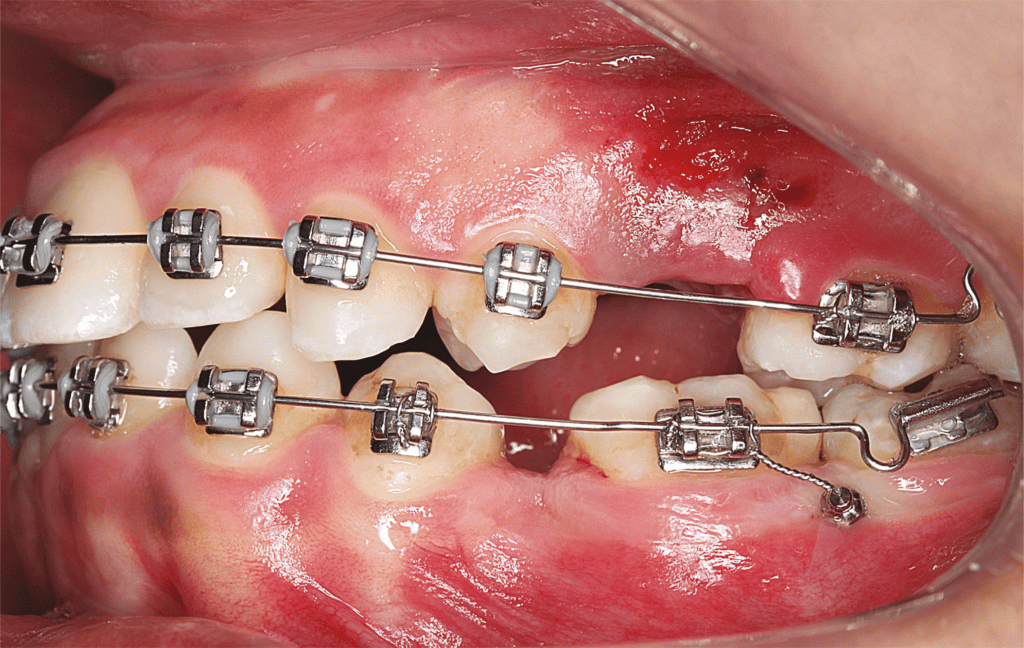
Post-Placement Complications
- Implant Mobility: In some cases, the implant might loosen or become mobile due to insufficient bone density, excessive force placed on the implant, or infection. A loose implant might need to be removed and replaced.
- Soft Tissue Inflammation (Mucositis): Inflammation of the gum tissue around the implant can occur due to irritation or poor oral hygiene. Maintaining proper oral hygiene is essential to prevent this.
- Peri-Implantitis: This is a more serious infection involving the bone around the implant, similar to gum disease around teeth. It can lead to implant failure if left untreated.
- Allergic Reaction: Allergic reactions to the titanium material of the implant are extremely rare.
Main factors to be considered-
- Bone Quality: Insufficient bone quality or quantity can affect implant stability and increase the risk of complications.
- Smoking: Smoking can negatively impact healing and increase the risk of infection and implant failure.
- Oral Hygiene: Poor oral hygiene can contribute to peri-implantitis and other complications.
It’s important to remember that these complications are not a guarantee, and proper planning, placement technique, and patient care can significantly reduce the risk. If you’re considering mini implants, discussing these potential complications with our orthodontist team is crucial. They can address your specific concerns and ensure you understand the risks and benefits involved.
What is the success rate of TADs?
The success rate of TADs (mini implants) is generally high, with studies reporting between 80% and 90% success rates. This means that a large majority of TADs remain stable and functional throughout orthodontic treatment.
How long do TADs last?
TADs (mini implants) are designed to be temporary. The length of time they stay in place depends on your specific orthodontic treatment plan. In most cases, TADs remain in for a few months.
